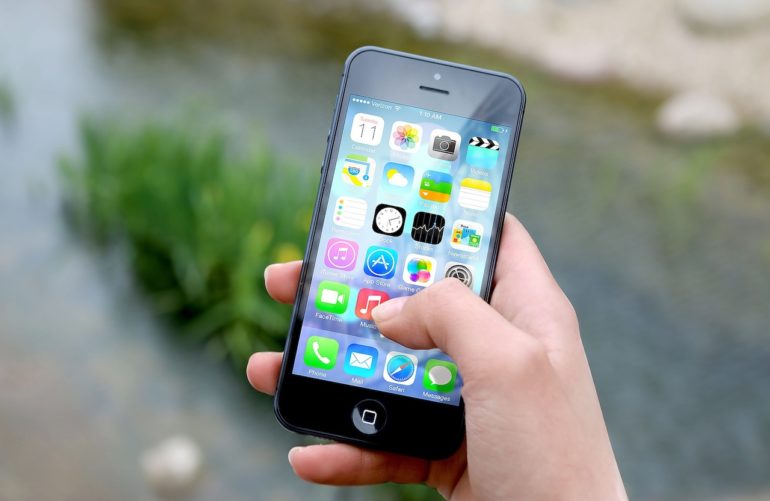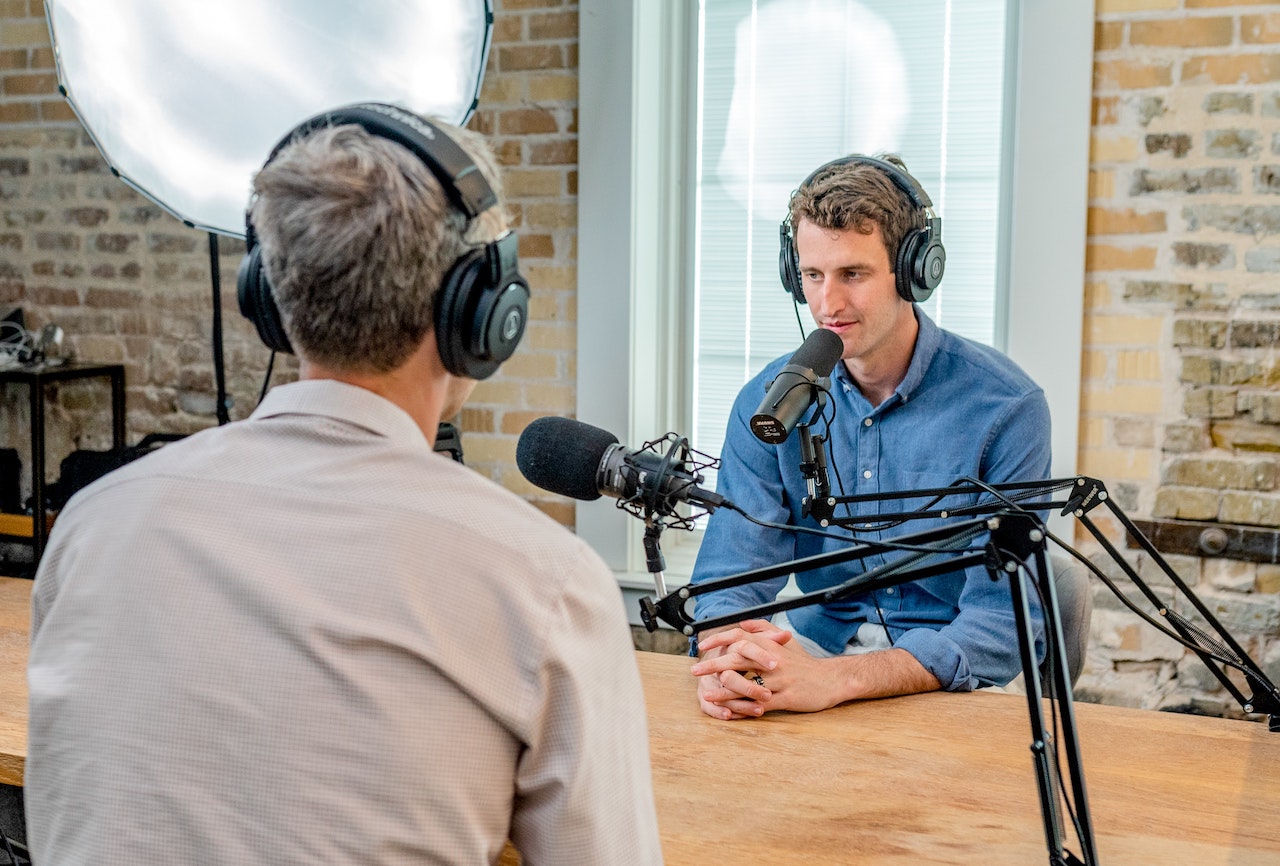So you’re the proud owner of an app; now what? Many mobile app developers and owners tend to think that the most difficult part (the making of the app) is over. But the reality is a bit different than what they expect.
While it takes time, effort, and resources to develop an app and make sure it is functional, this doesn’t mean people will notice it or want to try it. Nowadays, app stores are full of apps, and everyone’s competing for attention and a spot at the top.
So, once your app is ready to be released into the world, there’s one more step. You have to design a strategy to inform the world about your app and pique users’ interest in trying it. Since this part is challenging, we put together a few tips and how-tos for inspiration.
But first, let’s talk about the elephant in the room – app monetization.
Mobile App Monetization – How to Do It Right?
Monetization is a sensitive issue; if done wrong, it can send interested users packing. However, this doesn’t mean you should give up on the idea. As long as your monetization methods make sense to the users and don’t take away from the in-app experience (intrusive ads, for instance), it shouldn’t be too difficult to find a way that works for you.
But, just like everything in the online marketing world, your approach needs to start with accurate and reliable data that lets you know the audience and understand users’ preferences. Otherwise, you won’t know which monetization approach works best for the people who are most likely to use your app.
For instance, some mobile gamers can handle in-game ads if they don’t distract from the gaming experience. However, passionate players would rather pay full price than be interrupted by ads.
Also, speaking of mobile gaming, it’s important to know that several revenue models help monetize your creation.
The most common revenue models in mobile games are:
- Freemium (in-app ads)
- Freemium (in-game purchases)
- Premium (paid).
Overall, in-game ads and in-app purchases are some of the most popular ways to monetize a mobile game or an app.
That’s because the users see them as free to use (which they are) and only pay by allowing ads to run in the game or by purchasing in-game items such as power-ups, better weapons, stronger tools, and so on.
Easy-to-Apply Ways to Increase Downloads
Now that you know how in-app ads work, let’s see how to complete the last step and tell the world about your amazing app or game.
1. Promote it on Social Media
Social media is one of the best promotion channels you can use, especially if you have an established following.
So, even before building the app, you should first make sure your brand is visible on social media.
Plus, social media is just as great for data collection and picking your future app users’ brains on topics such as preferences, needs, and wants.
2. Build the Social Proof Section
Feedback, testimonials, and reviews are elements that help build social proof, which is a bit like a stamp of approval from people who have used your app. Given that app stores are full of apps from all possible categories, users are quite picky when it comes to installing a new app on their phones.
And it’s natural to be skeptical of a new app without reviews or any indication that it’s safe to use. Security breaches due to low-quality apps have happened and will continue, so users need to know your app is safe.
For this, ask early testers and users to leave an honest review of their experience and any necessary improvements. Also, don’t give up on asking for users’ feedback once the app starts to gain traction – people like to feel heard, and this is one of the easiest ways to do so.
3. Great Visuals
If you want to stand out in the crowd of apps, you have to make yours look good! Today’s mobile app users are overwhelmed, so developers must find creative ways to attract their eyes.
Start with the design of your icon (the first thing a user sees while browsing the store) and make it grab everyone’s attention. The icon is often associated with the overall app experience, so it also needs to reflect the overall aura of your app.
4. Name and Description
You may think this is a given, but you’ll be surprised by the number of developers and owners who don’t pay attention to the name and description sections when uploading their apps. A catchy title and a well-designed description can double the chances of users wanting to download and try the app, so don’t treat these sections lightly!
The best way to come up with a great name is to make sure it fits your app’s features, it’s unique, and is easy to remember. The description, on the other hand, must provide essential information on features, benefits, social proof, and more.
Also, don’t forget to include a call to action to make a final push for undecided users.
5. Invest in Proper Marketing
If you have a marketing budget, you can amp up the downloads by doing online marketing on the channels your audience frequents. Besides social media, you can also try email marketing, content marketing, pairing up with relevant blogs or magazines, or influencer marketing. Also, don’t be afraid to use well-targeted ads.
Lastly, it helps to have at least one landing page (if not an entire website) to welcome visitors and tell them more about the app.
People who want more details will look for this type of page and may lose interest if it doesn’t exist. Plus, it helps with SEO and can be great for ads you run in Google (if you decide to invest in this).
Wrap Up
Ultimately, if you want people to know about your app and show interest in it, you need to learn how to market it (with and without a budget).
Many SEO principles apply, even if app stores don’t care about keywords (yet). So don’t underestimate the power of a well-designed icon or a catchy title!







